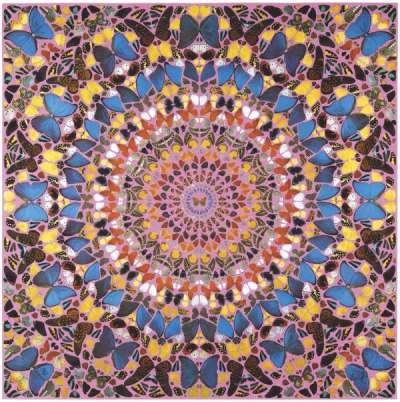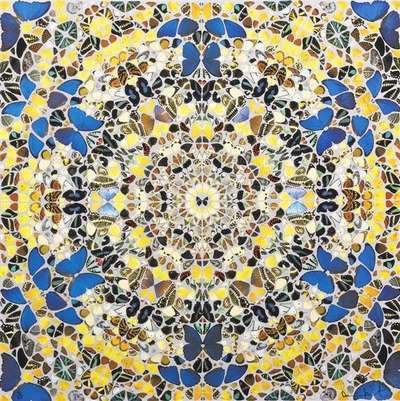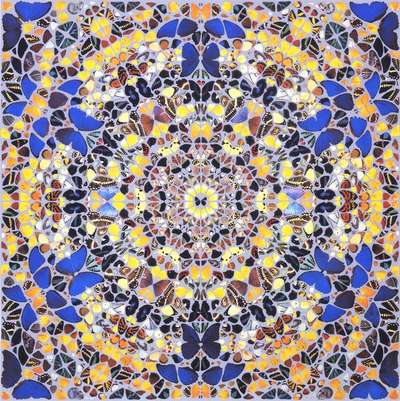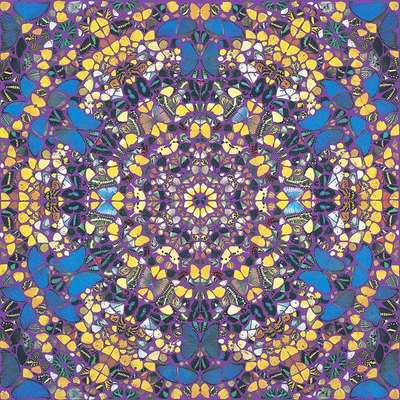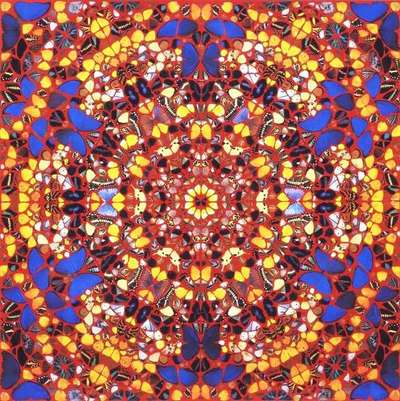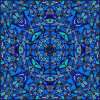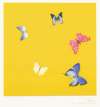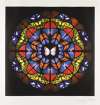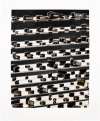Cathedral
Published initially as a suite of four, but actually containing six works, Damien Hirst’s 2007 Cathedral series takes inspiration from the stained-glass of the famous cathedrals they are named after. They recall Hirst’s famous Kaleidoscope paintings in their composition of butterflies into intricate, prismatic mandalas.
Damien Hirst Cathedral For sale
Cathedral Market value
Auction Results
| Artwork | Auction Date | Auction House | Return to Seller | Hammer Price | Buyer Paid |
|---|---|---|---|---|---|
 Cathedral, St Paul Damien Hirst Signed Print | 15 Apr 2025 | Sotheby's New York | £9,350 | £11,000 | £15,000 |
 Cathedral, Duomo Damien Hirst Signed Print | 17 Sept 2024 | Christie's London | £9,350 | £11,000 | £15,000 |
 Cathedral, Palais Des Papes Damien Hirst Signed Print | 10 Nov 2022 | Sotheby's Online | £29,750 | £35,000 | £50,000 |
 Cathedral, Notre Dame Damien Hirst Signed Print | 15 Mar 2022 | Sotheby's Online | £12,750 | £15,000 | £20,000 |
 Cathedral, Santiago De Compostela Damien Hirst Signed Print | 22 Oct 2020 | Phillips New York | £21,250 | £25,000 | £35,000 |
Sell Your Art
with Us
with Us
Join Our Network of Collectors. Buy, Sell and Track Demand
Meaning & Analysis
Published as a set of four prints in editions of 50, the Cathedral series by Damien Hirst shows some of the artist’s most iconic imagery. Titled after famous cathedrals around the world, the prints in the Cathedral series show intricate patterns inspired by religious iconography in cathedrals made up of many various butterfly wings.
The prints in the Cathedral series directly reference stained-glass windows in their complex, geometric patterns and are reminiscent of Hirst’s famous ‘Kaleidoscope paintings’ that can be located throughout his career, the first from 2001 titled It’s A Wonderful World. The Cathedral series can most obviously be compared to Hirst’s Superstition series (2006), a series of kaleidoscopic paintings that take their form as pointed arch shaped canvas, mimicking the windows in a cathedral. In their beauty and precision, obscuring the wings of butterflies into an abstract pattern, the Cathedral series synthesises Hirst’s fascination with the intersection between religion, aesthetics and science that govern humanity.
The kaleidoscopic patterns that make up the Cathedral set are instantly recognisable as Hirst’s and are some of his most complex. Unlike many of his kaleidoscopic works where the palette is restrained and tonal, this series uses contrasting colours and, in some instances, retains the wholeness of the butterfly as a motif. The complex patterns are rhythmic and eye catching, producing a spiritual and kinetic energy in their colour and form.

